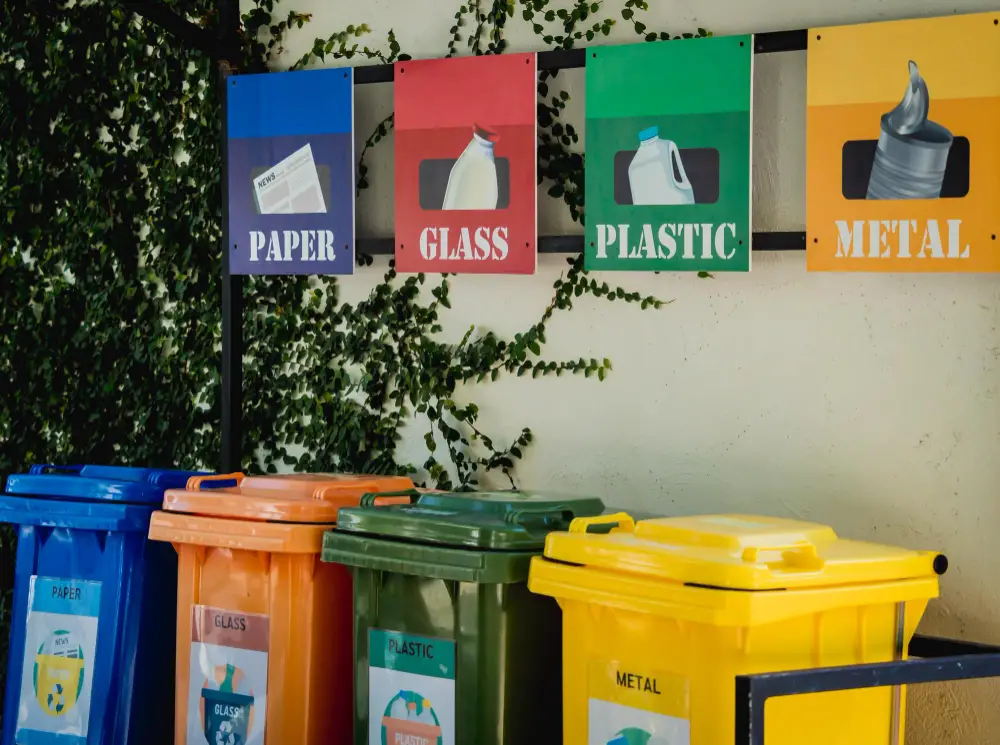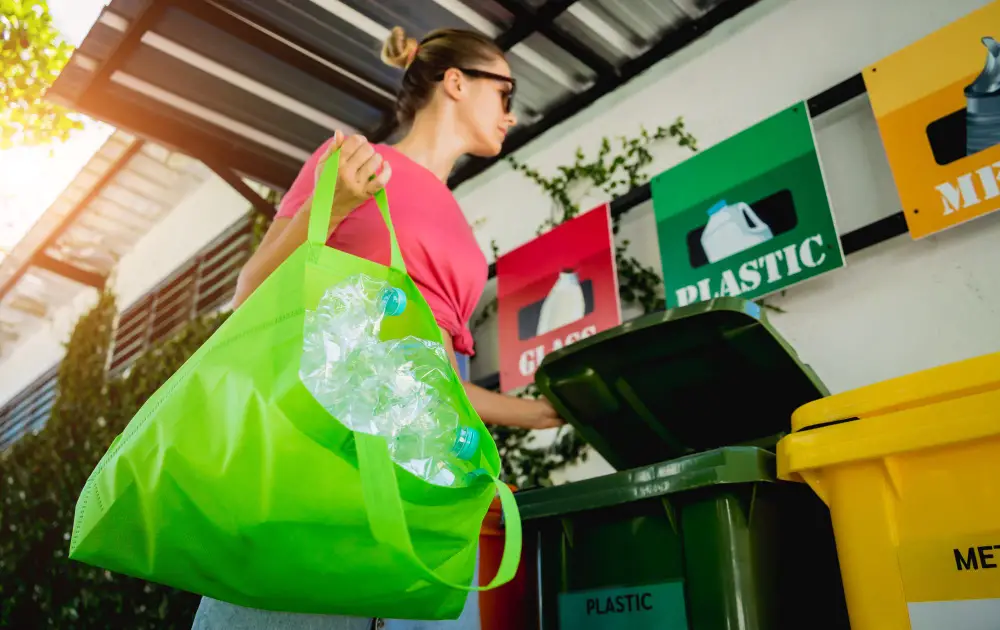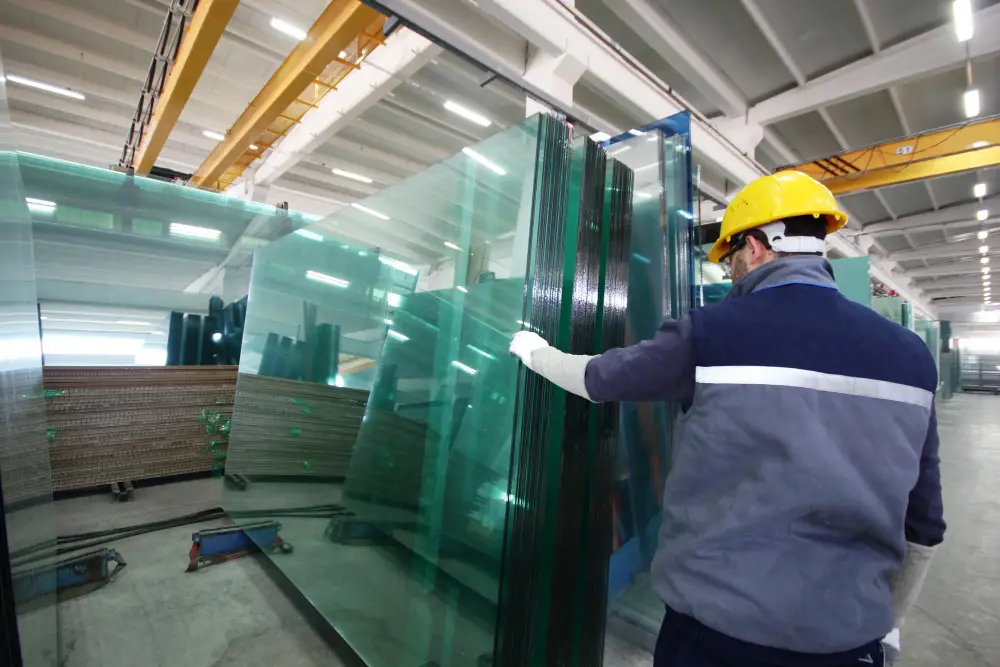In an age where environmental sustainability is no longer optional but essential, mastering the art of sorting trash is a crucial skill. The seemingly mundane task of separating recyclables from compostables and landfill waste can significantly reduce the environmental footprint of our daily lives.
This concise guide aims to provide you with six practical tips to streamline your waste sorting process, making it quicker and more efficient. Not only will these strategies simplify your routine, but they’ll also contribute to a larger movement towards sustainable living.
Let’s dive in and explore how we can make a positive impact on the planet, starting with the simple act of sorting our trash.
Understand Your Local Recycling Rules

Before you can become efficient at sorting trash, it’s crucial to have a clear understanding of what can and cannot be recycled in your area. Recycling regulations can vary significantly from one municipality to another, so take the time to research the specific guidelines for your locale.
This might involve visiting your city’s waste management website or contacting your local recycling center for the most up-to-date information.
Doing this preliminary research will not only help you sort waste correctly but also prevent the contamination of recyclable materials. Educating yourself on the nuances of your local recycling rules is the first step towards a seamless and efficient sorting process.
The folks at Zero Waste Group note that rubbish removal services are also great resources for learning about specific recycling regulations and procedures. So if you’re unsure about an item, don’t hesitate to reach out for clarification.
Set up a Well-organized Waste Station
An effective sorting system starts with the physical setup of your waste station. Designate separate bins for recyclables, landfill waste, and compost within easy reach.
Each bin should be clearly labeled to avoid confusion and consider color-coding them if possible. This visual system will make it easier for household members to remember what goes where turning sorting into a quick and automatic task.
You should also think about the spatial arrangement of your bins. Place them in an order that mirrors the progression of most commonly discarded items, ensuring the most frequently used bins are the most accessible. The right setup not only hastens the process but also encourages consistent participation from all household members.
Clean and Prep Your Recyclables

One of the ways to ensure that your recyclables are processed correctly is to clean them before disposal. Rinse out bottles, jars, and cans to remove any remaining food or liquid.
This simple act prevents contamination, which can render large batches of recycling unusable. Make it a habit to do this right before throwing items away to integrate it smoothly into your routine.
Additionally, flatten cardboard boxes and other large recyclable items to save space in your recycling bin. Not only will this make your trash more compact, allowing for more materials to be recycled, but it will also prevent the overfilling of bins, making the collection process more efficient for waste management services.
Learn to Identify Compostable Material
Composting is a great way to reduce landfill waste and contribute to the creation of nutrient-rich soil. However, not all organic waste is suitable for composting.
Take the time to learn which kitchen scraps, yard waste, and even paper products can be composted. For instance, vegetable peels, coffee grounds, and eggshells are composting gold, while meats and dairy products are usually a no-go.
In addition, consider the balance of ‘green’ (nitrogen-rich) and ‘brown’ (carbon-rich) materials in your compost. This balance is crucial for efficient decomposition and odor management. Keep a small countertop bin for daily organic waste and then transfer it to your larger outdoor compost bin as needed.
Reduce Waste with Mindful Purchasing
Efficient trash sorting is not just about how you dispose of waste, but also about how much waste you produce in the first place. Become a mindful consumer by opting for products with minimal packaging, reusable alternatives, or items made from recycled materials.
By reducing the amount of waste you generate, you’ll streamline your sorting efforts and minimize your environmental impact.
This practice can extend into every part of your life—from choosing bulk goods to selecting products in recyclable packaging. Over time, you’ll notice less trash to sort and an accompanying sense of contribution to a larger, environmentally-focused initiative.
Educate and Encourage Others
The impact of properly sorting trash is greatly amplified when more people are involved. Take the opportunity to educate family members, roommates, and even neighbors about the importance and benefits of appropriate waste sorting. Offer clear instructions and share the strategies that have worked well for you.
Encourage participation by demonstrating how a well-maintained system can save time and effort in the long run. Celebrate achievements as a household or community, such as reducing the number of garbage bags set out for collection each week, or the growth of a garden using your own compost.
Peer encouragement and shared goals can be powerful motivators in transforming sustainable practices into a group norm.
The Takeaway
Waste sorting is a simple but significant step towards sustainable living. By following these tips and integrating efficient sorting into your daily routine, you’ll not only minimize your environmental impact but also inspire others to do the same. Let’s work together to create cleaner and healthier communities, one trash bin at a time.
Recap




